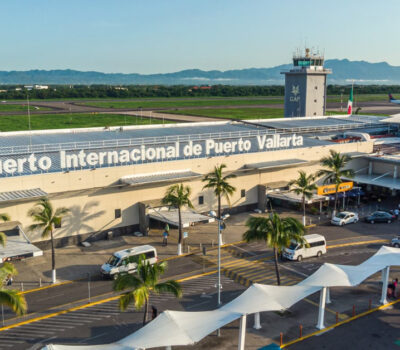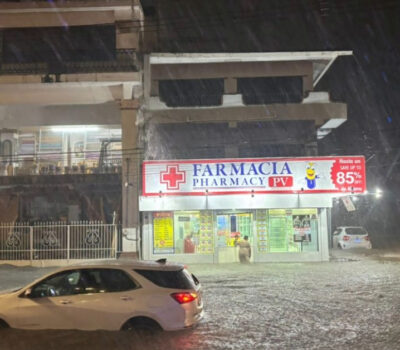Once a rubble dump, Manatí Lagoon in Cancún is now a protected natural area hosting over 130 species. Governor Lezama credits the community for its successful revival.
In the heart of Cancún, a once-forgotten stretch of land has transformed into a vital refuge for over 130 animal species. Manatí Lagoon, previously used as a rubble dump, now thrives as a 234-hectare State Protected Natural Area—thanks to a combined effort from the government and local residents committed to conservation.
Governor Mara Lezama Espinosa praised the project’s success during a recent visit to the site, calling it a symbol of what’s possible through collective environmental responsibility.
“This lagoon was once abused and abandoned. Today, it stands as living proof that recovery is possible when the community and government work together,” Lezama said. “We have more than 300,000 hectares under state protection, and the recovery of Manatí Lagoon is one of our proudest examples.”
The lagoon, nestled within Cancún’s urban landscape, now serves as a habitat for a rich variety of wildlife, including migratory birds, swamp crocodiles, freshwater and brackishwater fish, and the four types of mangroves found in Mexico—red, white, black, and buttonwood.
Recent studies have confirmed the ecosystem is not just stable, but thriving. Species that had disappeared from the area are making a return, including sloths—an encouraging sign of the lagoon’s ecological health.
Governor Lezama specifically highlighted the role of community members who’ve become stewards of the lagoon’s ongoing preservation. Among them are individuals like Mónica, Gerardo, and Diana, who have taken on the task of environmental monitoring and local education, helping ensure the area’s protection for future generations.
“They are not just watching over the lagoon—they’re teaching others to care about it too,” Lezama said.
The revival of Manatí Lagoon aligns with the administration’s broader environmental agenda, which includes expanding protected areas, restoring degraded habitats, and supporting grassroots conservation efforts.
The lagoon’s rebirth is especially significant given Cancún’s rapid urbanization and the environmental pressures that often accompany it. While development continues elsewhere, the lagoon stands as a rare example of a natural ecosystem flourishing within a growing city.
Authorities say the lagoon is now being considered for expanded eco-tourism initiatives and educational programs that will allow residents and visitors to learn about the importance of urban biodiversity and wetland preservation.
For many in the area, Manatí Lagoon has become more than just a green space—it’s a symbol of resilience, community pride, and the possibility of reversing environmental damage.
“This is what happens when people don’t give up on nature,” said Lezama. “The lagoon gave us a second chance, and we took it.”
Once a rubble dump, Manatí Lagoon in Cancún is now a protected natural area hosting over 130 species. Governor Lezama credits . . .












